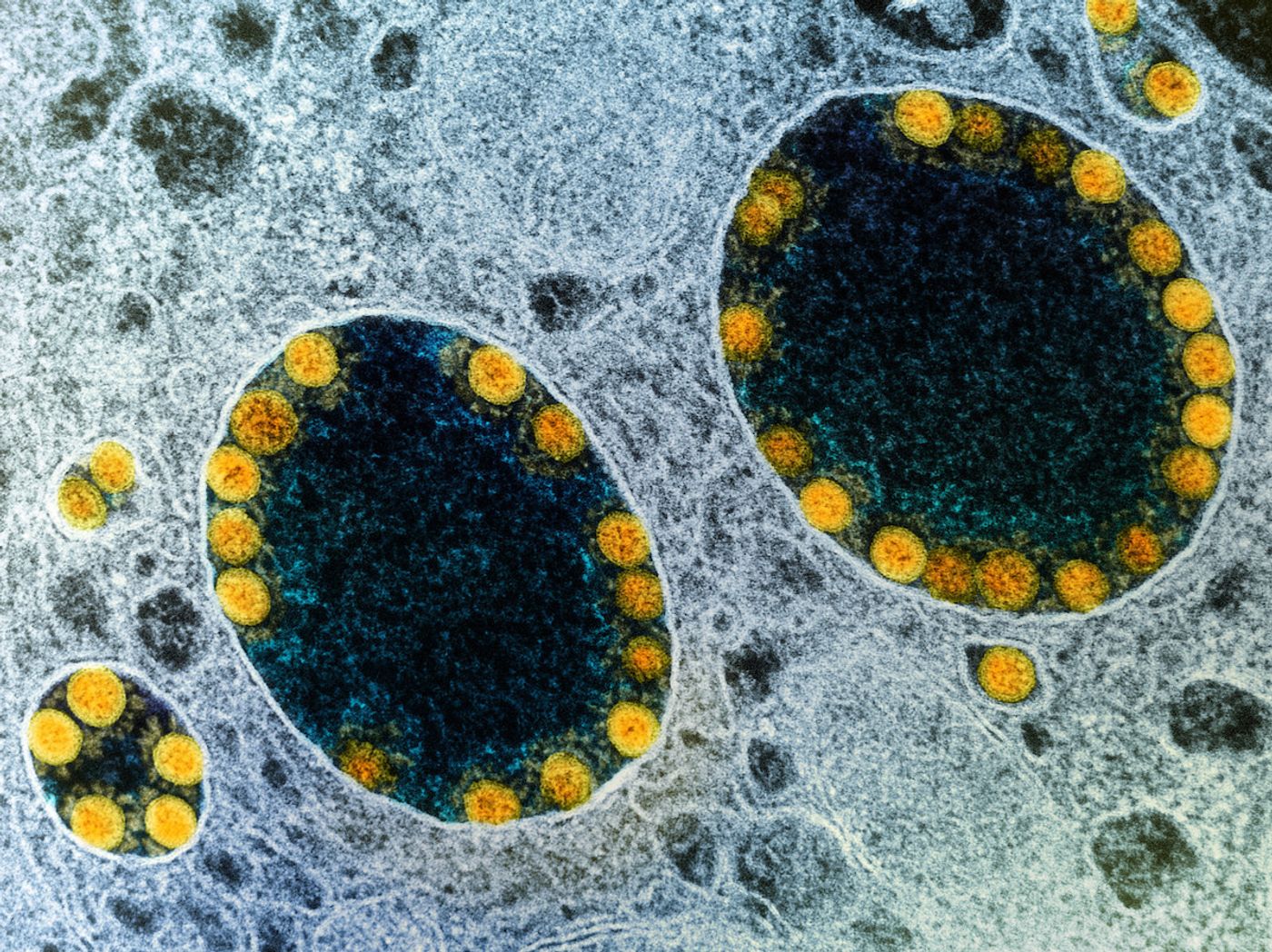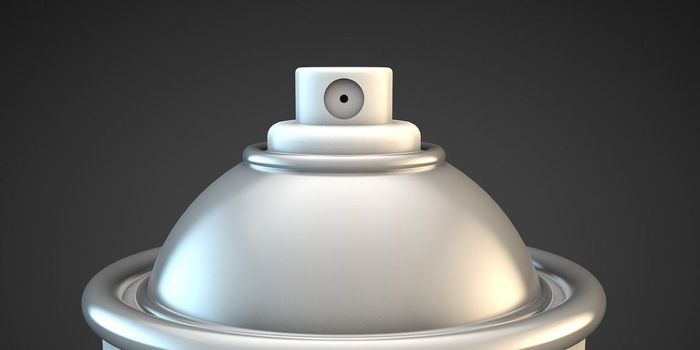A Nasal Vaccine Can Protect Against COVID-19
A case of COVID-19 starts when SARS-CoV-2 infects cells in the nasal passages. Many experts and scientists have, therefore, said that nasal sprays could be the most effective way to prevent infection. Now researchers have created a live attenuated SARS-CoV-2 vaccine that is delivered to the body through the nose. In a pre-clinical model, the vaccine triggered most robust immunity than vaccines that are injected into muscles. The findings have been reported in Nature Microbiology.
Vaccines that are administered into the arm tend to produce immunity throughout the body, but particles of the SARS-CoV-2 virus that are in the body are past the point of infection. Local immunity, such as what would be generated by a nasal spray, is optimal if we want to stop a respiratory virus, noted corresponding study author Dr. Jakob Trimpert, a veterinarian and research group leader at the Institute of Virology at Freie Universität Berlin.
"Nasal vaccines are far more effective in this regard than injected vaccines, which fail or struggle to reach the mucous membranes," added study co-author Dr. Emanuel Wyler.
Several research groups around the world are working on live nasal vaccines for COVID-19. This group created one by altering the genomic sequence of the virus, so it has the same basic genetic code but does not cause disease. In the past, vaccines were generated the same way, but many copies of a pathogen had to be grown, and researchers had to find the one that would serve this purpose, which could take many years.
"We wanted to prevent the attenuated viruses from mutating back into a more aggressive variant," explained penultimate author Dr. Dusan Kunec, a scientist at the Institute of Virology at Freie Universität Berlin. "This makes our live vaccine entirely safe and means it can be tailored to new virus variants."
Ideally, an intranasal vaccine causes immunoglobulin A (IgA) antibodies to form on site, and they prevent the infection from ever getting into the body. IgA can bind to pathogens, preventing them from infecting cells in the mucous membranes. These vaccines can also provide general protection.
"Memory T cells that reside in lung tissue play a similarly useful role to antibodies in the mucosa," explained first study author Dr. Geraldine Nouailles, an immunologist and research group leader at Charité – Universitätsmedizin Berlin. "These white blood cells remain in affected tissue long after an infection has passed and remember pathogens they have encountered before. Thanks to their location in the lungs, they can respond quickly to viruses that enter through the airways."
"We were able to show that prior intranasal vaccination results in the increased reactivation of these local memory cells in the event of a subsequent SARS-CoV-2 infection. Needless to say, we were particularly pleased with this result."
The vaccine was tested on hamster models of SARS-CoV-2 infection that have been in use since the start of the pandemic. These are crucial models that develop similar symptoms as humans after being exposed to the same virus variants. There were several groups of animals; some got one or two nasal vaccine doses, others got two doses of an mRNA or adenovirus vaccine, while others got one of each of the mRNA and nasal vaccines. The researchers assessed the immune responses triggered by each scenario.
This study showed that two vaccines doses were sufficient to stop the virus from replicating in the model organism. Compared to an intramuscular vaccine, the nasal vaccine was better in every way, which is likely due to the place where it is administered, said the researchers. The best protection was found in animals that got a double dose of the nasal vaccine, followed by a shot of an mRNA vaccine, and then another nasal vaccine.
"This means the live vaccine could be particularly interesting as a booster," said study co-author Julia Adler, a veterinarian and doctoral student at the Institute of Virology at Freie Universität Berlin.
This vaccine is live attenuated, so it also contains the entire virus and not just a portion of the spike protein. The next step is safety testing.
Sources: Max Delbrück Center for Molecular Medicine, Nature Microbiology









